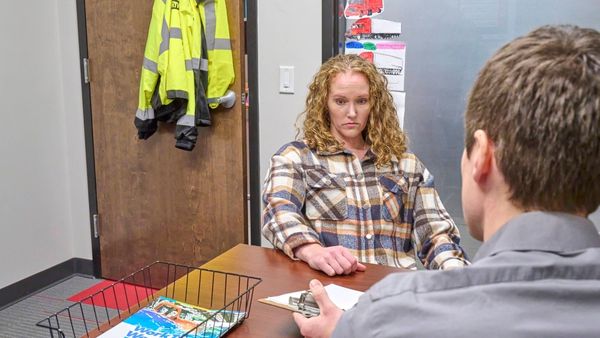My Driver Tested Positive - Now What?
Jennifer Loomis, Editor - Transport
July 6, 2022

Total drug and alcohol violations in 2021 climbed to 59,252, a 10 percent increase over 2020. So far, the trend seems to be continuing in 2022, with a year-over-year increase of 16 percent in January. The cause of the increase is unknown. Perhaps the stress of the pandemic has led more drivers to self-medicate, or the driver shortage has resulted in carriers hiring questionable employees. No matter the cause, you need to know how to handle the situation if one of your drivers tests positive for a controlled substance.
If you receive a driver's positive test result:
1. Pull the driver from performing all safety-sensitive functions
2. Provide the driver with a list of substance abuse professionals (SAPs) so the driver can arrange to be evaluated and begin the return-to-duty process. The medical review officer (MRO) reports all positive drug tests to the Drug and Alcohol Clearinghouse.
After being evaluated by the SAP, the driver will be prescribed a treatment and/or education plan to complete. This initial assessment is reported to the Clearinghouse by the SAP. Note that the driver must log into a personal Clearinghouse account to designate the SAP. Without this consent, the SAP cannot report the completed steps.
Once the driver successfully completes the SAP’s treatment plan, the SAP will conduct a second evaluation. If the SAP believes the driver can safely return to driving, the SAP will communicate to the Clearinghouse that the driver demonstrated successful completion of evaluation and treatment and is eligible for return-to-duty testing. The SAP will also provide the carrier with a report confirming this milestone and outlining the follow-up testing program requirements as determined by the SAP. Only once the carrier has this SAP report can the driver be sent for a return-to-duty test. This is especially important since the SAP may request both drug and alcohol testing if it is determined that the driver has a problem with alcohol, despite only testing positive on a drug test.
If the driver’s return-to-duty test comes back negative, the carrier must report the test result to the Clearinghouse to have the prohibited status removed from the driver’s record. At that point, the driver can resume performing safety-sensitive functions. It is the responsibility of the carrier to administer follow-up tests as prescribed by the SAP. Follow-up testing will include a minimum of six tests over 12 months but can be prescribed to last for up to five years.
Note that the Department of Transportation (DOT) doesn’t address other consequences, such as firing the driver or forcing the driver to take unpaid leave while the return-to-duty process is completed. The way that your carrier handles a driver’s positive drug test — other than the procedures spelled out in the Part 40 regulations — will be based on your carrier’s company policy and state employment law.
Let J.J. Keller help manage your drug & alcohol testing program!
Call 888.473.4638